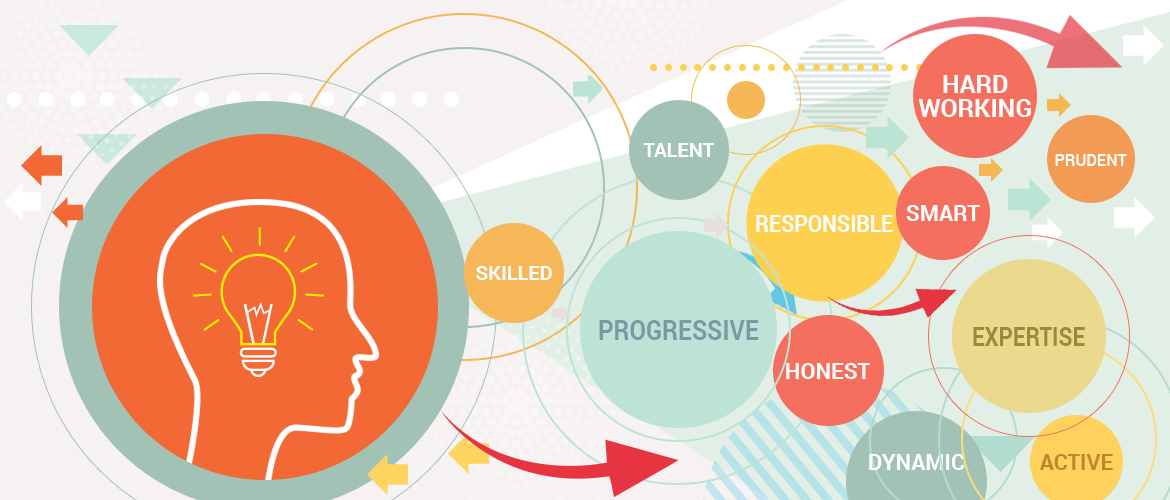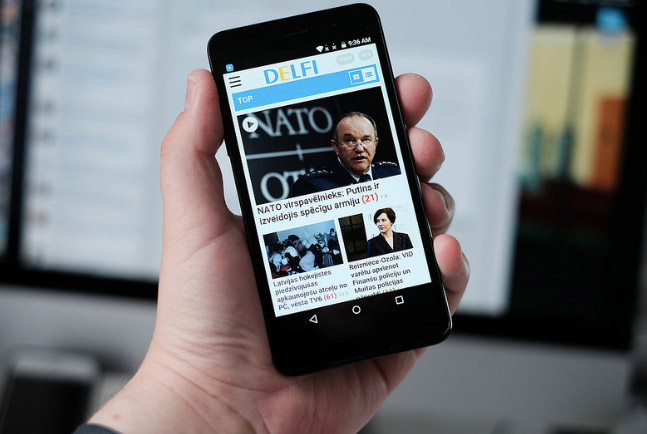Many companies and designers fall into the trap of thinking that design is only about what something looks like and that their only goal for a user interface is to make it look good. But that is not what design thinking is or should be.
When you approach your next user interface design process it is much more important to be focused on how your interface works than locking yourself into a process focused on how it looks.
In reality, when it comes down to results, it often doesn't matter how flashy a design looks, and in fact, that flashiness often gets in the way of a great user experience. If your design is not functional and doesn't offer a positive user experience, then users won't want to utilize it, no matter how gaudy or elaborate it is.
That is why it is important that your interface is both functional and attractive. As a part of user experience design, design thinking can be applied to solve problems and create successful design solutions for the benefit of your users. A design thinking approach is solution oriented and looks to create results.
Companies that are implementing this approach strive to create innovative and attractive user interface designs that are decided upon by users and not designers. Design thinking ultimately revolves around the users and they are the focus of any user interface design solution.
To understand a bit more about design thinking, let's examine each of the five steps:
Empathize
You want to learn about your target audience. Without this knowledge you are merely guessing at what might work. Dig in and get to know their wants, needs, limitations and usage patterns when it comes to how they interact with your business. You want to understand their motivations when interacting with your business and the pain points they are experiencing.
Define
Based on the information you have gathered in the first step, develop personas based on demographics, goals, objectives and purchase patterns of your customers. Patterns will arise that will help you segment your customers into groups so you can better understand who your typical customer is. You will most likely find that there is more than one persona and that each has its own goals and issues when dealing with your brand.
Ideate
Next you want to brainstorm and discuss possible solutions. At this stage you don't want to limit yourself, be creative and don't be afraid to think outside the box. You never know what might come out of a brainstorming session if you aren't afraid to let your creative juices flow. Inspire everyone involved to take risks at this point because no harm comes from jotting ideas down on paper or a white board. You never know when there might be a diamond hiding in the rough just waiting to be exposed.
Prototype
Prototyping is a great way to quickly test the assumptions and plans you have made with minimal cost. There are several fantastic, low-cost prototyping options available for web sites and mobile apps alike. These allow you to put your ideas in front of customers and see if the assumptions you made about them are correct and if the interface you are developing meets their needs, before you go into the development process.
Test
Test your prototypes out with real users. Learn what works and does not work. After learning what is working and what is not, go back to your prototype and improve it based on what you have learned. Make sure you allow users that represent each persona to test your prototype to see if you are meeting the needs of each group. Repeat this process and refine your design.
Final thoughts
Don't be afraid to test any existing assumptions you have. During the design phase it is the perfect time to test even long held beliefs to see if they are true. You don't want to take anything for granted. Just because something has been done a certain way for years doesn't necessarily mean it is the right way to do it.
Make sure you are user focused. Don't get so caught up in new technology or trends that you fail to uncover what your customers really want. Carefully listen to your customers and engage with them to uncover how they feel and what they are looking for from your business. You can save money and improve revenues by digging into your customers' wants and needs and correcting existing issues rather than spending the time and money developing a product based on faulty assumptions.





